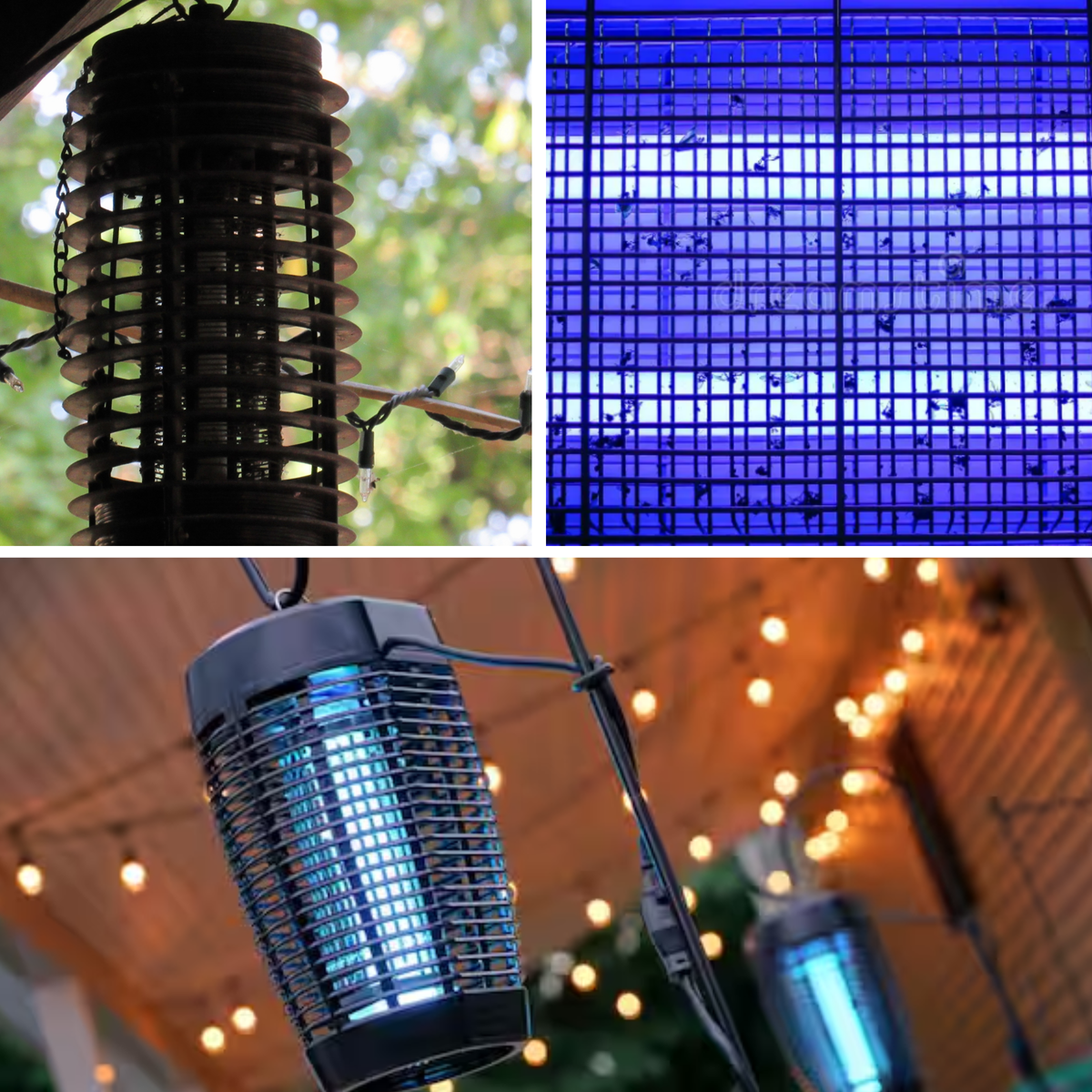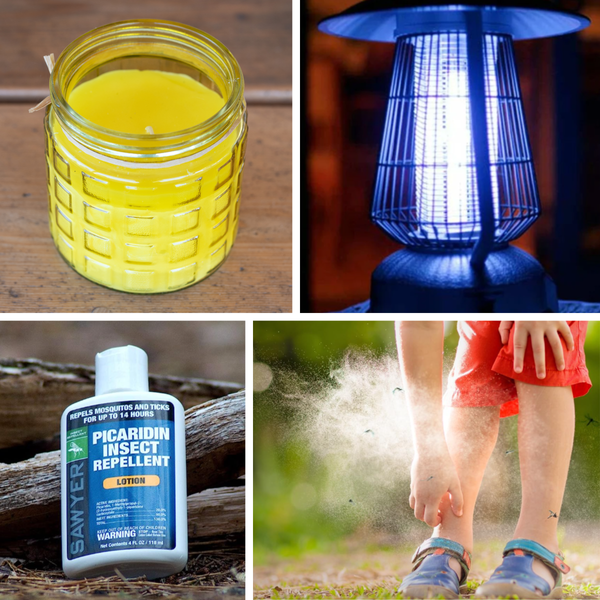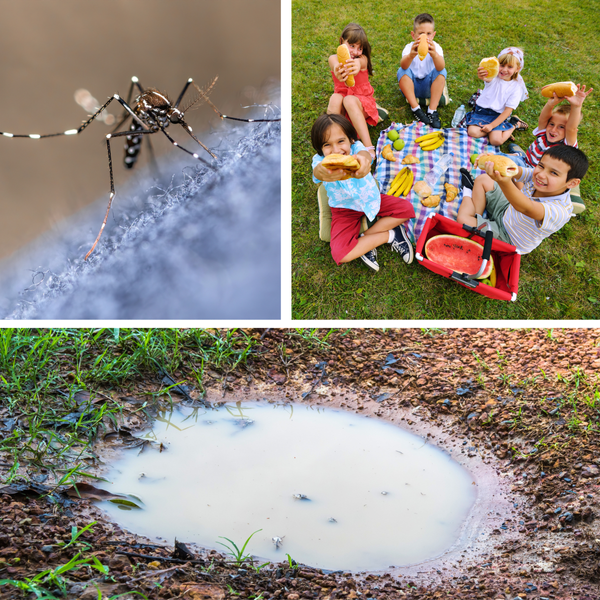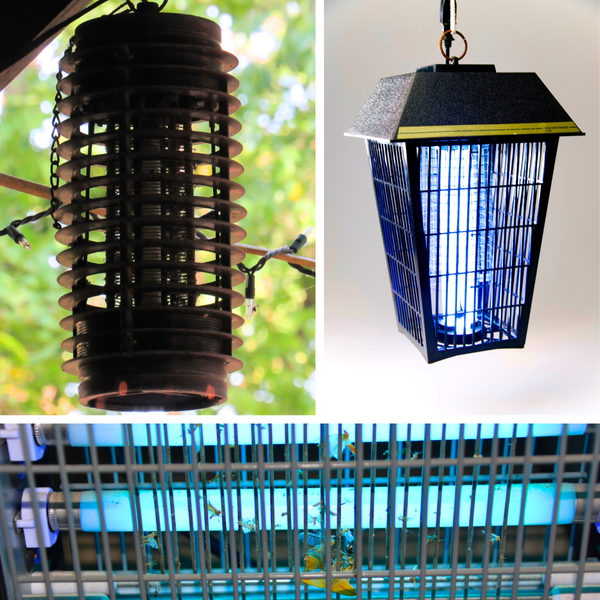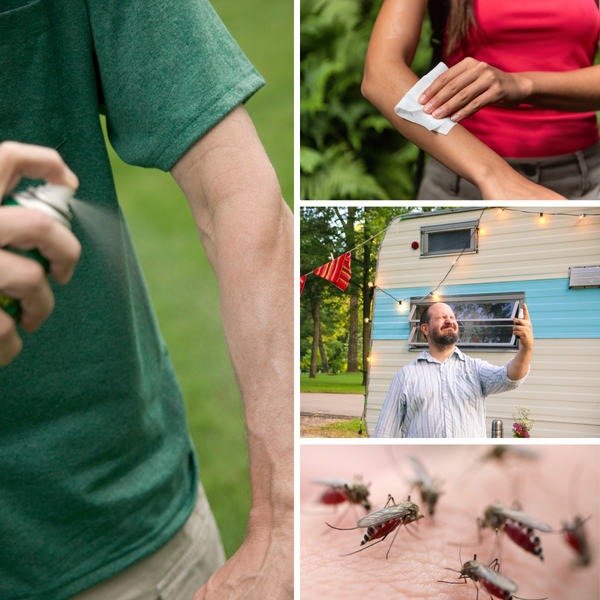Mosquitoes are not just a nuisance; they are also carriers of diseases, making it essential to control their population in our living spaces. One effective way to do this is by using a mosquito zapper. However, the effectiveness of a mosquito zapper can significantly depend on its placement. In this article, we will explore the best places to put a mosquito zapper to maximize its efficiency.
Key Takeaways:
- Optimal placement of a mosquito zapper can significantly increase its effectiveness.
- It's important to consider factors such as proximity to human activity, water sources, and light sources when deciding where to place the device.
- Regular maintenance, such as cleaning and bulb replacement, is crucial for the continued effectiveness of mosquito zappers.
Understanding Mosquito Zappers
Mosquito zappers, also known as electric bug zappers, use UV light to attract mosquitoes and other flying insects. Once the insects are drawn in, they are killed by an electric shock. The device's effectiveness is largely influenced by its location, as mosquitoes are attracted to carbon dioxide and heat emitted by humans, as well as certain light sources.
The Science of Attraction
Mosquitoes are drawn to carbon dioxide, body heat, and certain wavelengths of light. UV light from mosquito zappers can mimic these signals, drawing mosquitoes away from people and towards the device. The placement of your zapper should capitalize on these attractions without competing with stronger attractants like human activity.

Proximity to Human Activity
While you want to draw mosquitoes away from areas of human activity, placing a zapper too close can be counterproductive. It's best to place the device at a distance that is far enough to lure mosquitoes away from your family and guests but close enough that the mosquitoes are still within range of being attracted to the zapper.
Away from High-Traffic Areas
To avoid the risk of the zapper becoming a nuisance or a hazard, it should be placed away from high-traffic areas. This ensures safety for your family and pets, and it also prevents the device from being knocked over or damaged.
Near Water Sources
Mosquitoes breed in standing water, so placing a mosquito zapper near water sources can be effective in eliminating them at the source. However, ensure that the zapper is positioned in a way that it does not become a hazard or get damaged by water.
Avoiding Food and Fire
Keep mosquito zappers away from food and areas where there is an open flame, such as barbecues or fire pits. Not only can this prevent contamination from zapped insects, but it also reduces fire risks associated with the device.

Ideal Height and Position
The best height to place a mosquito zapper is around 4-6 feet off the ground. This is typically the height at which mosquitoes fly. Hanging the device from a tree or a secure fixture can be a good idea, as long as it is not obstructed by branches or leaves.
Accessibility for Maintenance
Regular maintenance, such as cleaning dead bugs from the unit and replacing the bulb, is essential for the zapper's effectiveness. Ensure that the zapper is placed in a location where it is easy to access for these purposes.
Considering Power Sources
Most mosquito zappers require an electrical power source. Ensure that the chosen location is near an outlet or that you have a safe and secure way to run an extension cord to the device without creating a trip hazard.
Extension Cord Safety
If using an extension cord, make sure it is rated for outdoor use and is long enough to reach the device without stretching or laying across walkways. Secure the cord to the ground or wall to prevent accidents.

Indoor vs. Outdoor Use
While most mosquito zappers are designed for outdoor use, there are models available for indoor use as well. When using an indoor unit, place it away from windows to prevent attracting mosquitoes from outside and ensure it is not in a position where it could be knocked over.
Protecting Indoor Pets
If you have pets, make sure the indoor mosquito zapper is placed in a location where it won't pose a risk to them. It should be out of reach and not in a place where pets could potentially knock it over or get hurt by it.
Environmental Considerations
When deciding where to place your mosquito zapper, consider the environmental impact. Avoid placing the device near areas that could potentially harm beneficial insects or wildlife. A strategic placement can help minimize unintended consequences.
Creating a Mosquito-Free Zone
By carefully considering the placement of your mosquito zapper, you can create an environment that is less hospitable to mosquitoes and more enjoyable for you and your family. The right location can make all the difference in the effectiveness of your mosquito control efforts.

Strategic Zapper Placement for Maximum Efficiency
To kill insects most effectively, the placement of your outdoor bug zapper should be strategic. It's not just about where, but also about how you hang the device. Ideally, the zapper should be hung at a height where mosquitos and other flying pests commonly navigate. This is often around 5 to 6 feet off the ground. Ensure the light source is unobstructed so that it can attract pests from a distance.
Additionally, the location should be away from other competing light sources that could diminish the zapper's allure to mosquitos. If you have outdoor lights, consider their position in relation to your zapper. You may need to use tape or other means to shield these lights to prevent them from drawing insects away from the trap. Remember, the goal is to make your zapper the most prominent sign for pests in the air, guiding them towards it and away from your living spaces.
Summary
To maximize the effectiveness of a mosquito zapper, it's crucial to place it strategically. Keep it at a distance from human activity, near water sources, and at the right height. Ensure it's accessible for maintenance and consider the power source and environmental impact. With the right placement, you can significantly reduce the mosquito population in your area and enjoy a more comfortable outdoor environment.
FAQ Section
Q: How far should I place my mosquito zapper from areas of human activity?
A: It's recommended to place the mosquito zapper about 20-40 feet away from areas where people gather to ensure mosquitoes are drawn to the zapper instead of to human activity.
Q: How often should I clean my mosquito zapper and replace the bulb?
A: Clean the zapper regularly to prevent the accumulation of dead bugs, which can affect its performance. Bulbs should be replaced according to the manufacturer's instructions, typically once a season or after a certain number of hours of use.
Q: Can mosquito zappers be used both indoors and outdoors?
A: Yes, there are mosquito zappers designed for both indoor and outdoor use. However, it's important to choose the appropriate device for your intended location and follow the manufacturer's guidelines for placement and safety.



